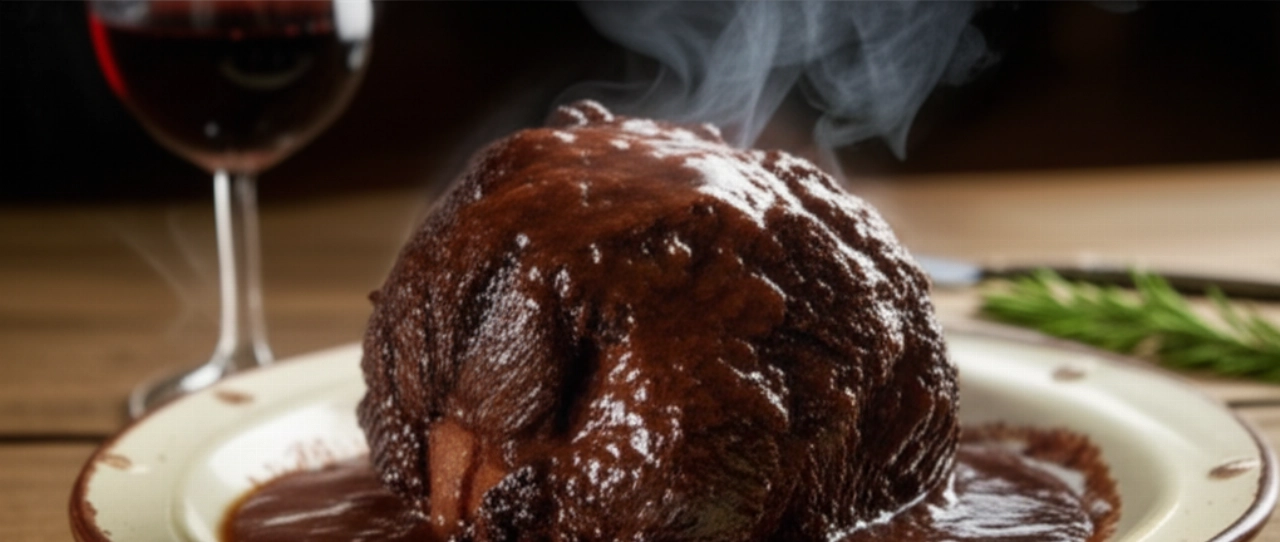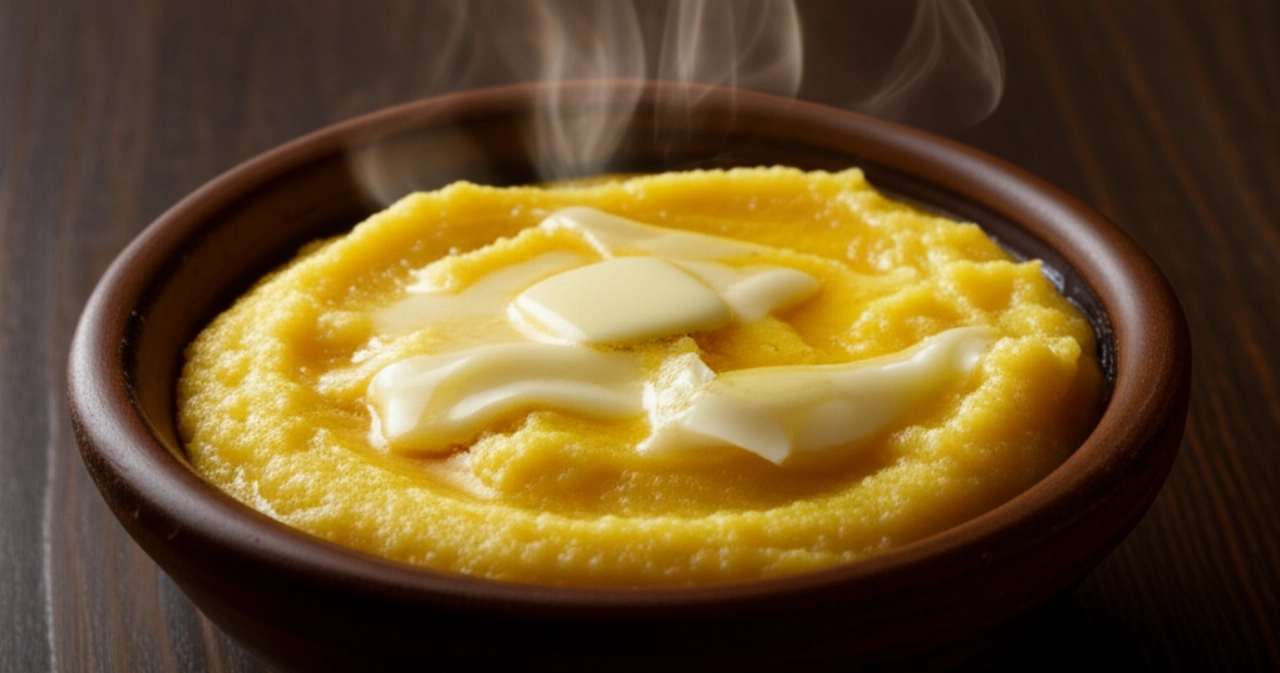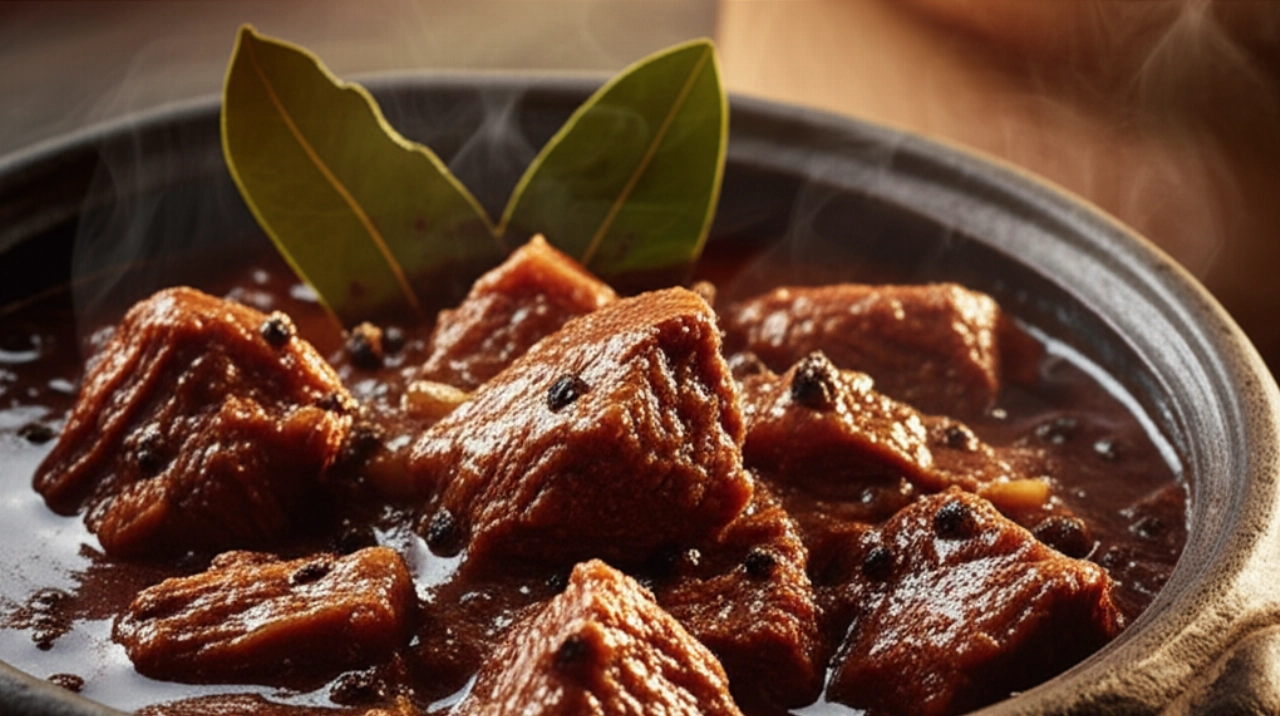Imagine a cold winter day, the fireplace lit, and an enveloping aroma spreading throughout the house – a rich, deep scent that speaks of mountains, tradition, and a warmth that embraces your soul. We're talking about Aosta Valley Carbonade, a true masterpiece of alpine cuisine, a red wine beef stew that, when made to perfection, literally melts in your mouth, leaving an unforgettable flavor.
But how many times have you tried to make stew and it turned out tough, dry, or bland? How many times has the fear of wasting precious ingredients, or the complexity of unclear recipes, made you give up? Don't worry, I understand perfectly. Finding the true recipe, the one that guarantees success and an authentic grandmother's flavor, can seem like a challenge.
Make yourself comfortable. On this page, you won't just find a list of ingredients, but the definitive guide, full of tips and tricks, to prepare the most tender and flavorful Aosta Valley Carbonade you've ever tasted. Success is guaranteed, and the aroma will fill your home with warmth, leaving your guests speechless. Get ready for a wave of applause!

Ingredients for an Unfailing Aosta Valley Carbonade: The Choice That Makes the Difference
For such an iconic dish, the quality and choice of ingredients are fundamental. It's not just about "what" to put in, but "why" to choose those specific elements. Here are the pillars of your perfect Carbonade:
- The Meat: Beef Shoulder or Cheek. Forget lean or overly "noble" cuts. For a stew that melts in your mouth, you need meat rich in connective tissue, which transforms into gelatin with slow cooking, making the dish incredibly tender. Shoulder (chuck roll, shoulder clod) or, even better, beef cheek, are the ideal choices. Ask your trusted butcher for a cut suitable for long cooking.
- The Red Wine: A Full-Bodied, Quality Red. This is the heart of the flavor. Never use cheap cooking wine! Choose a dry, full-bodied red wine, such as a Nebbiolo, an Aosta Valley Pinot Noir, a Barolo, or a good Chianti. It should be a wine you'd gladly drink at the table. Its aroma and structure will infuse into the meat, creating a unique depth of flavor.
- The Beef Broth: Homemade is Better. Broth is the second essential liquid. A good homemade beef broth (even prepared in advance and frozen) will make all the difference. If you don't have time, choose a high-quality broth, without additives.
- The Soffritto: Carrots, Celery, Onion. The aromatic base of any good stew. Cut them into small, regular cubes for uniform cooking and optimal flavor release.
- The Butter: For Sautéing with Flavor. In Aosta Valley, butter is king. Use it to brown the meat and the soffritto. Its lower smoke point compared to olive oil requires attention, but the flavor it imparts is unsurpassed and authentic.
- The Flour: For a Perfect Crust and Thick Sauce. A light dusting of flour on the meat before browning helps create a delicious golden crust and, most importantly, thickens the sauce, making it dense and velvety.
- Aromatics: Bay Leaf, Rosemary, Cloves. Few but good. Fresh bay leaf and rosemary add balsamic and Mediterranean notes, while a couple of cloves (don't overdo it!) provide a spicy and warm nuance.
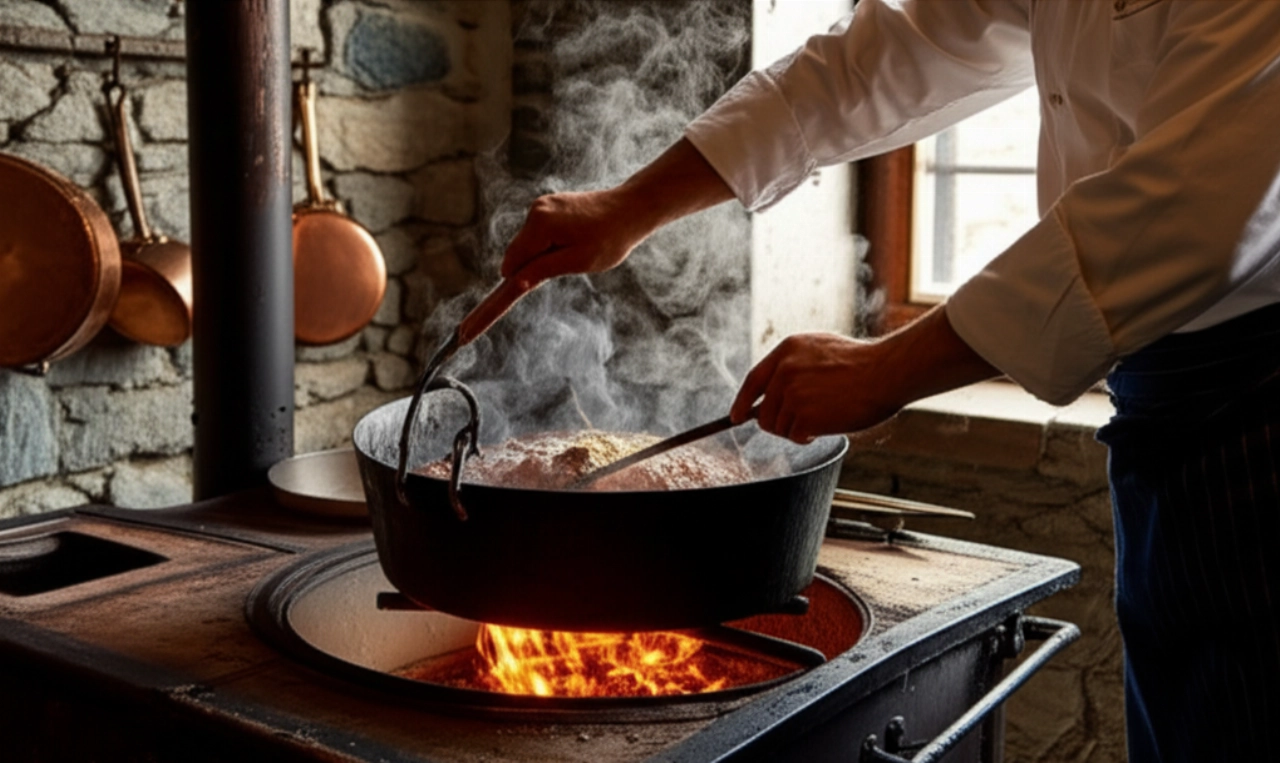
3 Common Mistakes That Ruin Carbonade (and How to Avoid Them)
Being a "custodian" of the kitchen also means protecting yourself from pitfalls. Here are the most common mistakes that can compromise your Carbonade, and how to avoid them for an impeccable result:
- Not Browning the Meat Properly: This is mistake number one! Many people rush and don't give the meat enough time to brown on all sides. The Maillard reaction (which creates the golden crust) is fundamental for developing complex and deep flavors. Brown the meat in small batches, over high heat, until it has a nice dark crust. Don't overcrowd the pot, otherwise the meat will boil instead of browning.
- Adding Cold Wine or Broth: A simple but detrimental mistake. Pouring cold liquids over hot meat causes thermal shock, making it tough and stringy. Make sure the wine and broth are at room temperature, or even better, slightly warmed before adding them to the pot.
- Not Cooking Long Enough or Over Too High Heat: Carbonade is a dish that requires patience. Slow and prolonged cooking over very low heat is what transforms the connective tissues of the meat into soft gelatin. If you cook it too little or over too high heat, the meat will remain tough and the sauce won't have time to thicken and concentrate the flavors. Don't rush, time is your best friend in this recipe.
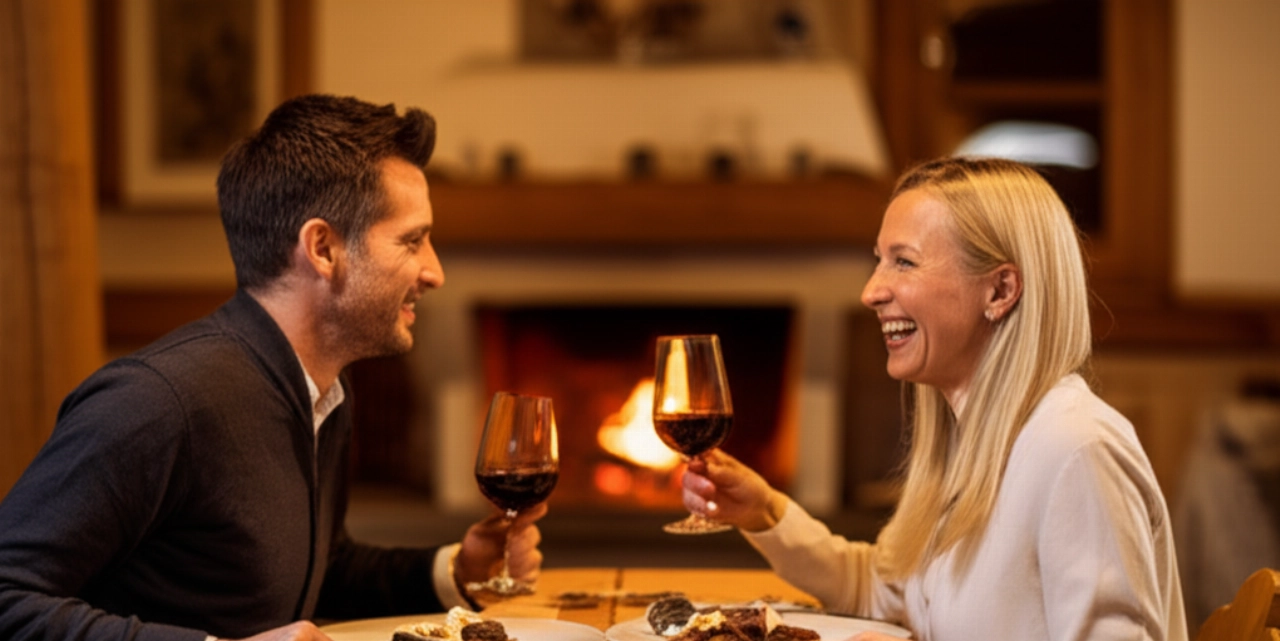
Grandma's Magic Touch: The Secret to Incredible Tenderness
My grandmother, the true master of any respectable stew, passed down a secret to me that few know, but which makes the difference between a good Carbonade and an unforgettable Carbonade: prolonged marination.
It's not just about letting the meat rest in wine for a few hours. The real trick is to marinate it for at least 12-24 hours (or even longer!) in red wine along with the soffritto vegetables and aromatics. This not only tenderizes the meat deeply but also allows it to absorb all the aromas and flavors of the wine and vegetables, creating an incredibly rich aromatic base from the start. It's a small preparation step, but the final result will leave you speechless. Patience in cooking always pays off!
Let's Prepare Aosta Valley Carbonade Together: The Step-by-Step Guide
Ingredients:
- 1 kg beef shoulder or cheek (cut into cubes of about 4-5 cm)
- 750 ml full-bodied red wine (Nebbiolo, Pinot Noir, Barolo)
- 1 large onion
- 2 medium carrots
- 2 celery stalks
- 2 bay leaves
- 1 sprig of rosemary
- 2 cloves
- 50 g butter
- 2 tablespoons all-purpose flour
- 500 ml hot beef broth
- Salt and freshly ground black pepper to taste
Tools:
- A large bowl for marinating
- A heavy-bottomed pot or a cast-iron Dutch oven (like a cocotte)
- A wooden spoon
Method:
- The Marinade (Grandma's Secret):
- In a large bowl, place the beef cubes.
- Add the onion, carrots, and celery cut into coarse pieces, bay leaves, rosemary, and cloves.
- Pour in the red wine until the meat is completely covered.
- Cover the bowl with plastic wrap and marinate in the refrigerator for at least 12-24 hours (or even 36 hours for a more intense flavor), stirring occasionally.
- Preparing the Meat:
- After the marinating time, drain the meat from the wine (save the wine and the marinade vegetables!).
- Pat the beef cubes very dry with paper towels. This step is crucial for proper browning.
- Lightly flour the meat, shaking off any excess flour.
- Perfect Browning:
- In a heavy-bottomed pot, melt the butter over medium-high heat.
- When the butter is foamy, add the meat in small batches, without overcrowding the pot. Brown the meat on all sides until it's nicely golden and has formed a dark crust. This step is fundamental for flavor! Set aside the browned meat.
- The Aromatic Soffritto:
- In the same pot, add the marinade vegetables (onion, carrots, celery, bay leaf, rosemary, cloves). If necessary, add another small piece of butter.
- Sauté the vegetables over low heat for about 10-15 minutes, until they are tender and slightly golden, releasing all their aromas.
- Deglazing with Wine:
- Return the browned meat to the pot with the vegetables.
- Pour the reserved marinade wine (strain it if you prefer, but grandma put it in as is!) into the pot.
- Increase the heat and let the alcohol evaporate for a few minutes, scraping the bottom of the pot with a wooden spoon to release all the caramelized juices and flavors (this is called "deglazing" and it's a chef's trick!).
- Slow and Loving Cooking:
- Add the hot beef broth until it almost completely covers the meat.
- Bring to a gentle simmer, then reduce the heat to minimum, cover the pot with a lid, and let it simmer gently for at least 2.5-3 hours, or until the meat is very tender and can be shredded with a fork.
- Stir occasionally, and if the sauce dries out too much, add more hot broth.
- The Final Touch:
- When the meat is cooked, remove the bay leaves and rosemary sprig. If you want a smoother sauce, you can blend the vegetables directly into the sauce with an immersion blender, or mash them with a fork.
- Taste and adjust for salt and pepper.
- Let the Carbonade rest for at least 15-20 minutes off the heat, covered. This allows the flavors to settle and the meat to become even more tender.
Tips and Frequently Asked Questions about Aosta Valley Carbonade
I know you might still have some doubts, and that's perfectly fine! Here are the answers to the most common questions to ensure your total success.
- Can I use another cut of meat?
- Yes, you can also use other cuts suitable for long cooking such as chuck or shank, but beef cheek or shoulder remain the best choices due to their richness in collagen which transforms into gelatin, making the meat incredibly tender.
- Can I prepare Carbonade in advance?
- Absolutely yes, in fact! Carbonade, like many stews, is even better the next day. The flavors have time to meld and intensify. You can prepare it the day before, let it cool completely, and then gently reheat it before serving.
- How can I thicken the sauce if it's too thin?
- If the sauce seems too thin at the end of cooking, you have several options:
- Remove the meat and reduce the sauce over high heat for a few minutes.
- Prepare a beurre manié: mix a teaspoon of soft butter with a teaspoon of flour until a paste forms. Add it little by little to the hot sauce, stirring vigorously, until it reaches the desired thickness.
- Mash some of the soffritto vegetables directly into the sauce with a fork or an immersion blender.
- Can I freeze Aosta Valley Carbonade?
- Certainly! Once completely cooled, you can portion it and freeze it in airtight containers for up to 2-3 months. To thaw, leave it in the refrigerator overnight and then gently reheat it on the stove or in the microwave.
- What is the ideal side dish for Carbonade?
- Traditionally, Aosta Valley Carbonade is served with polenta, which beautifully soaks up the rich, thick sauce. Other excellent options include boiled potatoes or creamy mashed potatoes, or even simple homemade bread for dipping.
There you have it! Now you no longer just have a recipe, but all the secrets to bring a piece of Aosta Valley to your table, a dish that tastes of home, tradition, and love. A true warm hug on a cold day, which will make anyone who tastes it's eyes light up.
Don't be afraid to experiment. Cooking is an act of creativity and sharing. But start with this solid base and you'll see that applause won't be lacking, and your Carbonade will become a family classic.
Have you tried our Aosta Valley Carbonade? We're very curious to know how it went! Leave a comment below, tell us about your experience, or share a photo on Instagram by tagging @CercaRicette.it. If you loved this stew, you can't miss our recipe for Perfect Polenta Taragna or another mountain classic like Gnocchi alla Bava. Happy cooking!

